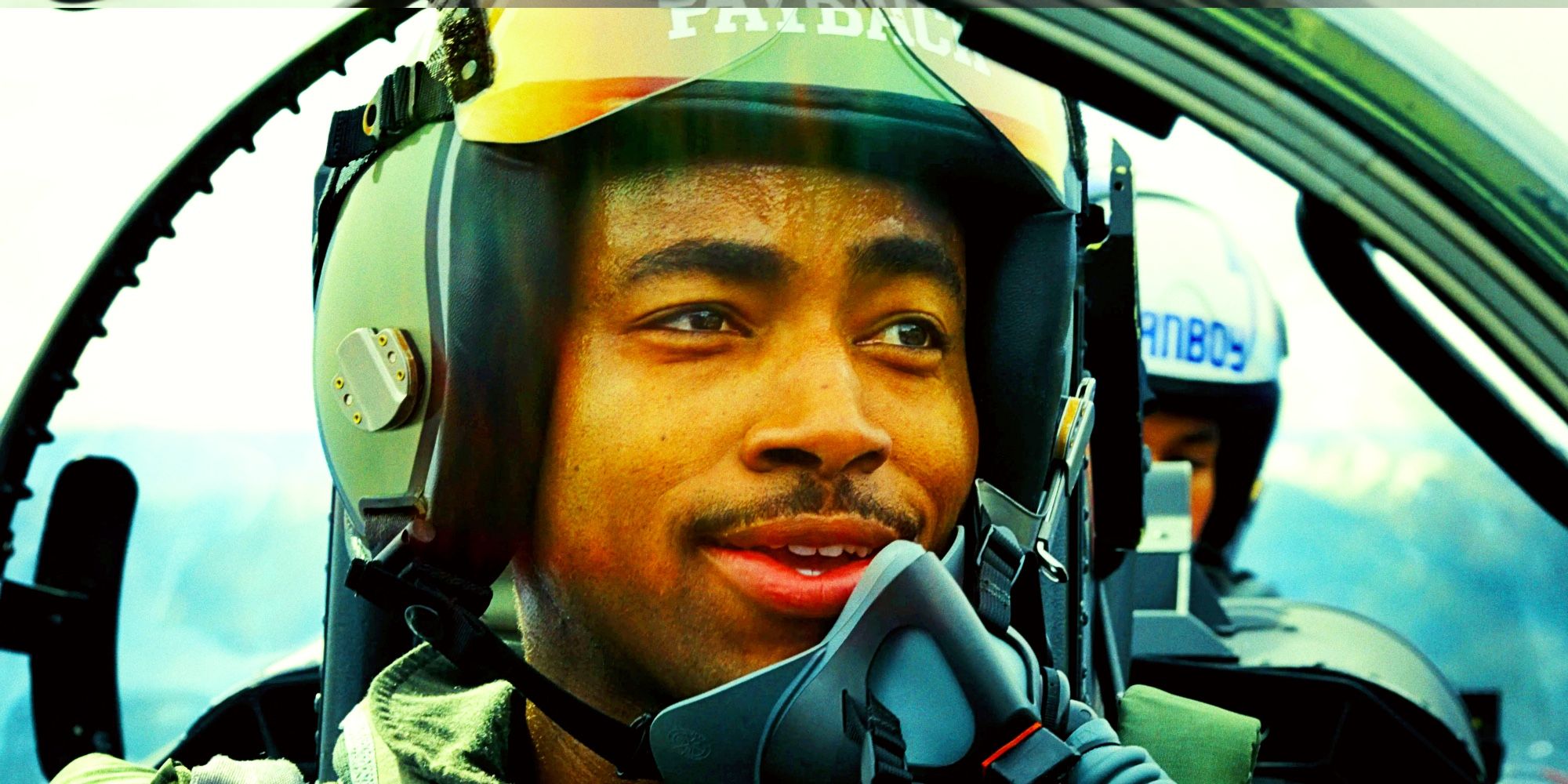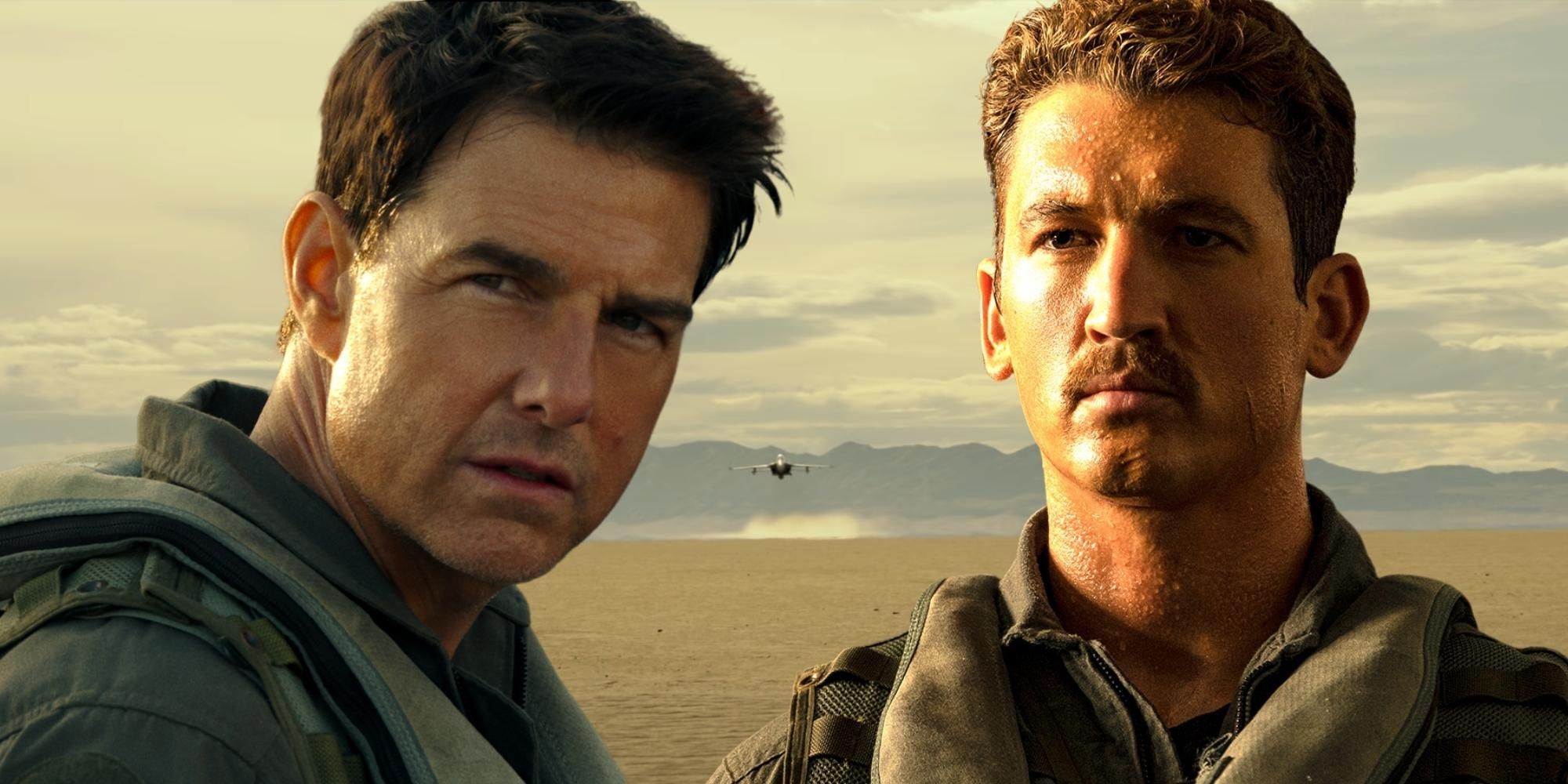In Top Gun: Maverick, Tom Cruise’s character is considered a legend thanks to his five confirmed kills, a detail that has sparked debate regarding whether real-life fighter pilots count their kills. Top Gun: Maverick is not a realistic war movie. Like Tony Scott’s 1986 cult classic Top Gun, the long-delayed sequel is an escapist thrill-ride that is more concerned with entertaining the audience than offering a believable depiction of life in the military.
However, Top Gun: Maverick’s flying sequences are much more realistic than those of Top Gun. The sequel strives for comparative believability in these scenes, which has led some viewers to wonder how grounded other elements of Top Gun: Maverick is. One notable example of this is how Top Gun’s recruits discuss Maverick’s storied combat record.
Maverick is said to have killed five or more enemy combatants, making him an “ace” in the eyes of his students. While Tom Cruise’s Top Gun: Maverick hero ends up downing even more enemy aircraft throughout the movie’s action, his students calling him an ace based on his kills is not one of the sequel's egregious fictional inventions. Real-life pilots do count the numbers of planes they down and, until the late 20th century, militaries themselves kept detailed records of fighter pilots who achieved this feat. While they are not readily available for recent conflicts like the Iraq invasion or the Syrian war, lists of flying aces can be found for older American wars such as the Korean War and the Vietnam invasion.
Why Do Real-Life Military Pilots Count Their Kills?
Speaking to the Tampa Bay Times, fighter pilot Brandon “Dozer” Sellers noted that the atmosphere of intense, overwhelming competitiveness and machismo depicted in Top Gun: Maverick is true to life. While the original Top Gun invented pilot rankings to make the movie feel more like an inspirational sports story and less like a military drama, the real-life Navy appears to have borrowed this strategy in the decades since. Former Air Force pilot Ron Wagner confirmed that Air Force pilots are more likely than most soldiers to boast about their number of confirmed kills, which makes sense for two reasons.
For one thing, most foot soldiers can’t be certain who—if anyone—they have killed in the chaos of ground warfare, while fighter pilots have a clearer view of their activities. This also means that fighter pilots are more detached from their work, meaning they are more likely to have a more cavalier view of their kills than foot soldiers. Top Gun’s sequel was originally going to address this directly with a plot about drone warfare, a controversial technological advancement that allows pilots to aim and fire missiles from the comfort of a desk. However, Top Gun: Maverick abandoned this plot thread after Scott’s untimely passing and replaced it with the more traditional story seen in the sequel. While the examples above mostly come from 20th-century military activities and the Air Force (rather than the Navy depicted in the sequel), it is not unreasonable to assume that Navy combatants likely use the same “ace” terminology as Top Gun: Maverick’s fictional recruits, as surprising as this might seem.


